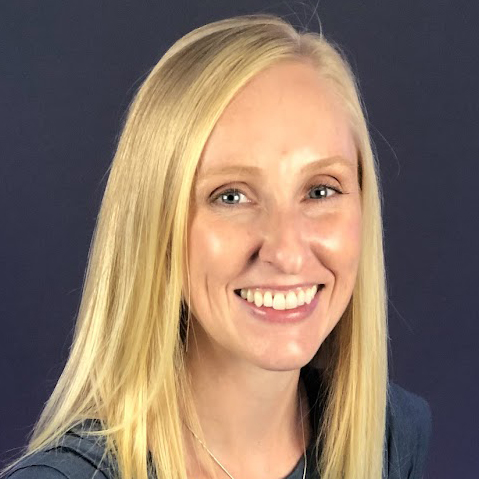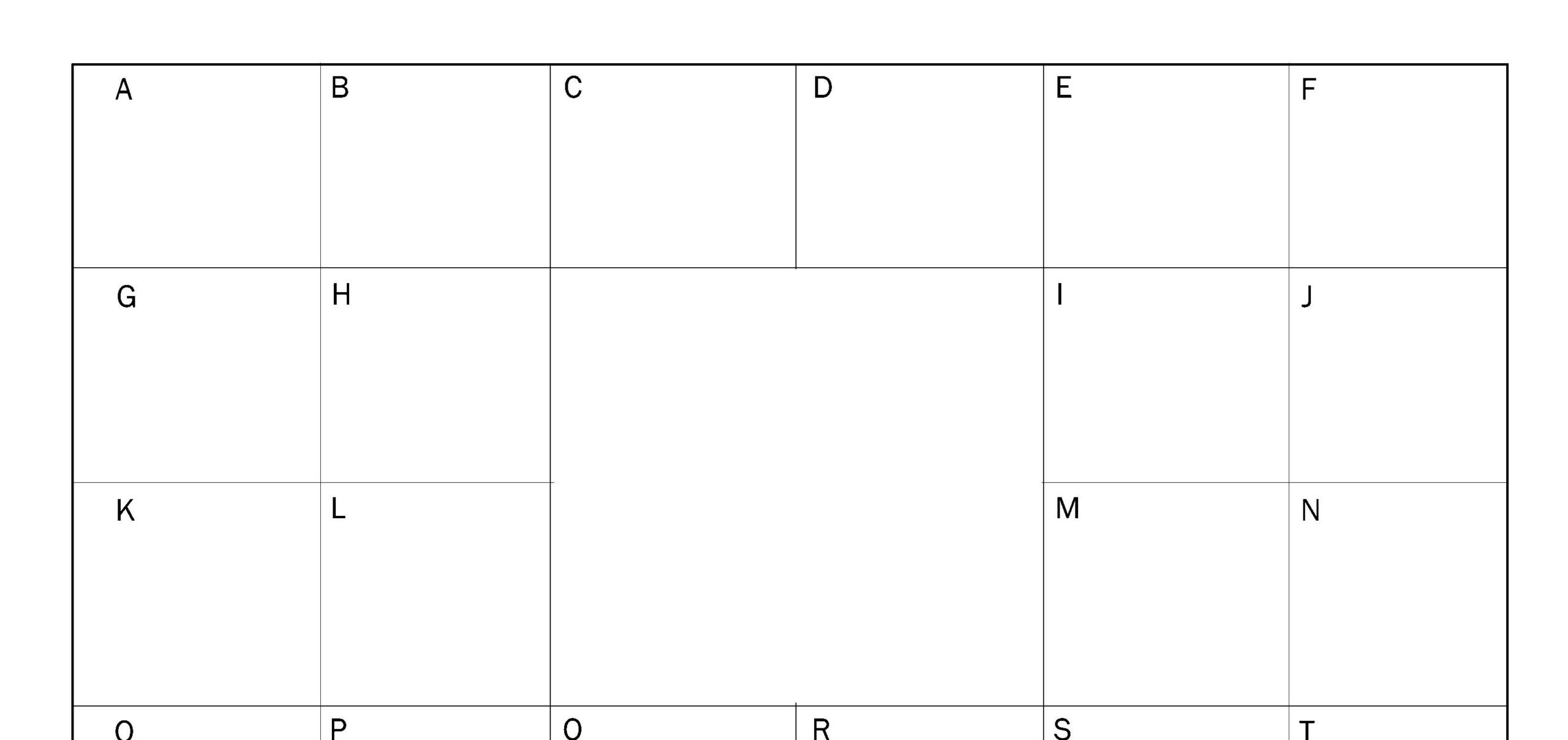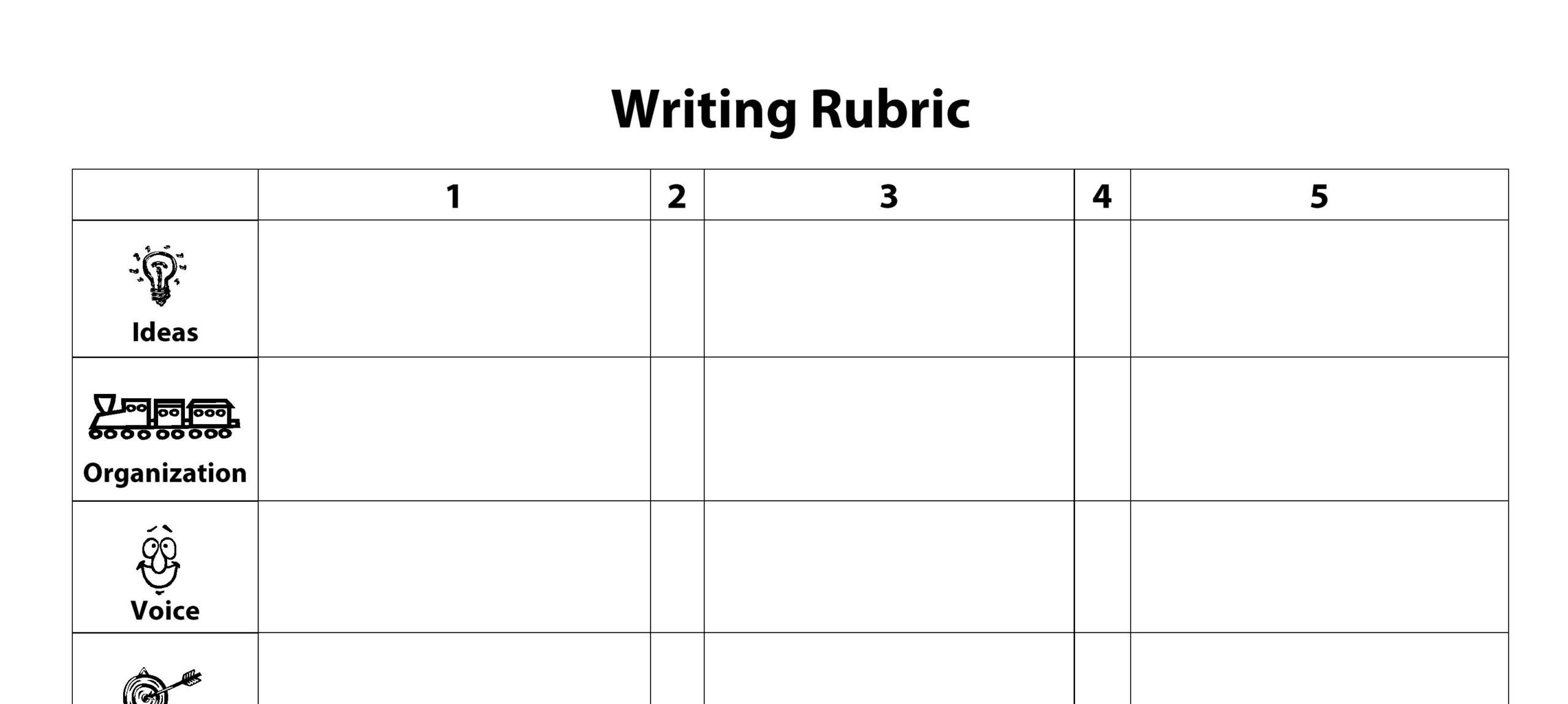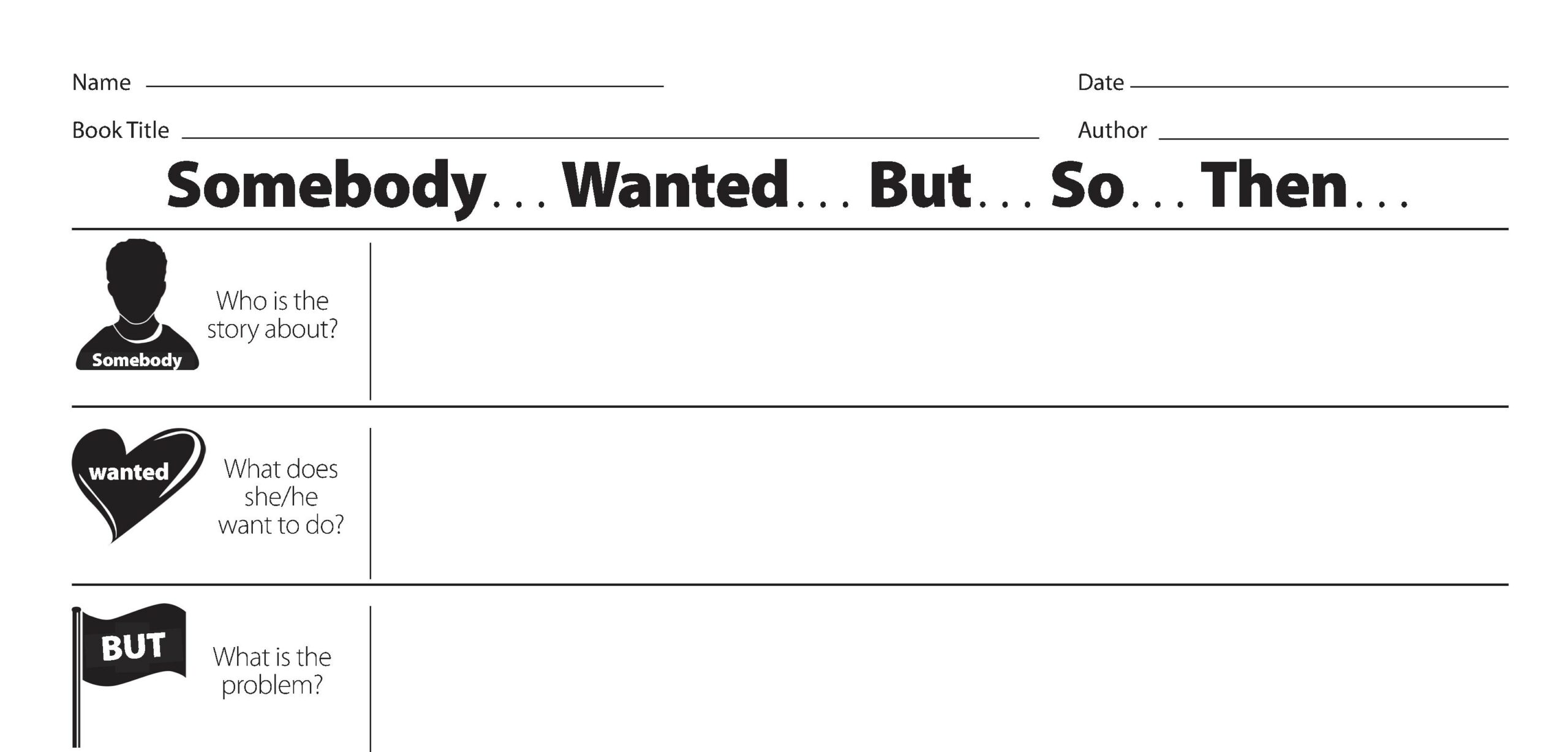Why is professional development important for teachers?
Learn the importance of dynamic, engaging professional development training and the impact it can make on educators—and ultimately student achievement.
by Michelle Schweikhardt
The importance of professional development for teachers
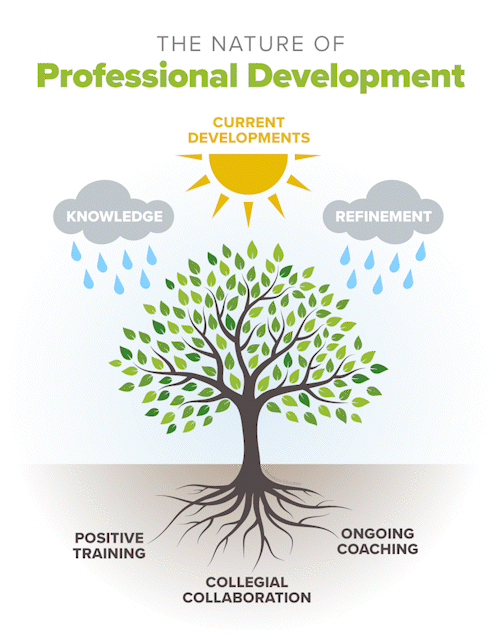
One of the primary reasons why professional development is vital for educators is the ever-evolving nature of education. Instructional techniques, curriculum frameworks, and educational standards are constantly being reevaluated and revised.
Without continuous learning and development, teachers risk falling behind and becoming disconnected from the best practices that drive student success.
But let’s face it—professional development for teachers can be boring, irrelevant, or impractical. While poorly executed professional development is never the intention, it can lead educators to doubt the importance of ongoing training, coaching, and collaboration.
Before we allow a few bad experiences to sour the prospects for future learning, it’s worth revisiting why effective professional development for teachers is an important part of improving student outcomes.


FREE ON-DEMAND WEBINAR
Advance Beyond Doing Reading to Teaching Reading
Learn what explicit, whole-class comprehension instruction looks like and how to effectively scaffold mini-lessons within the rest of the reading block to honor the gradual release of responsibility.

Earn a completion certificate
60-minute webinar
Defying challenges with professional development
Educators are confronted with countless challenges, including changes in subject matter, new teaching methods, technological advancements, changes in laws and procedures, and student learning needs. These challenges underscore the importance of professional development for teachers.
When effective professional learning programs are not in place, teachers are left to their own devices to improve instruction and student learning. Too often, simply as a means of survival, teachers then turn to grab-and-go websites, like Teachers Pay Teachers, for their instructional guidance. A better approach is to empower educators to make curricular decisions rooted in learning from positive training, collegial collaboration, and ongoing coaching.
“Great” teaching does not just happen
By investing in professional
development, educators can
effectively adapt to the changing
needs of their students and the
educational landscape as a whole.
Highly qualified educators would agree that professional development is a key factor for growth. Becoming a “great” teacher requires a significant investment in learning.
Professional development goes beyond the initial training and qualification process. “Good” teaching happens when educators are provided with ongoing opportunities to expand their knowledge, refine their skills, and stay up to date with the latest developments in their field. By investing in professional development, educators can effectively adapt to the changing needs of their students and the educational landscape as a whole.
Realizing the benefits of professional development
Just as a positive school culture can promote greater student learning, a strong professional development program can establish a foundation for educators to be successful, both personally and professionally.
Teacher effectiveness
In most circumstances, the purpose of professional development for teachers is to enhance teaching effectiveness. By staying abreast of the latest research, methodology, and technologies, educators can refine their instructional strategies to create more engaging and effective learning experiences for their students. Continuous learning enables teachers to incorporate evidence-based practices into their pedagogy over the course of each school year, resulting in improved student outcomes.
Inclusive classroom culture
Career advancement
Collegiality
Job satisfaction
Developing a professional development plan
In order for professional development to make an impact on teacher growth—and ultimately student achievement, it needs to occur continuously as part of a plan.
When educators attend a teacher workshop or conference, they receive valuable resources that can be used to build better readers and writers. But a single workshop will not provide a vehicle through which educators can experiment with new ideas, reflect on their effectiveness, and impact broader change.
Instead, professional development should be thoughtfully planned and implemented over a duration of time. This gives educators the opportunity to learn, practice, reflect, and grow in the areas that need the most improvement.
This is where a professional development plan is key.
A well-crafted plan serves as a road map for professional development, helping educators set specific objectives, identify resources, and track their progress to achieve their personalized goals.
Equipping educators with professional development tools
The professional development marketplace is full of tools and resources that claim to offer the silver bullet for solving a myriad of challenges. In reality, however, professional growth requires a multi-faceted approach that includes ideas and resources from a broad range of providers.
Smekens Education, as a provider that specializes in strategies to improve instruction in reading and writing, recognizes the importance of professional development of teachers by offering several PD options for free.
Among those options are a variety of free, online resources that provide educators with tools and motivation to reignite their literacy instruction.
Sign-up for a free newsletter subscription.
The Big Ideas! newsletter is a bi-weekly email packed with practical, classroom-ready strategies for teaching reading and writing. It includes a short video and article and often features free downloadable resources you can use K-12. For educators looking for quick, actionable professional learning that can supplement professional development plans throughout the year, this is a must do!
Try a FREE 7-day trial of webPD by Smekens Education.
With on-demand access to more than 300 professional learning videos, subscribers are equipped with the strategies they need to improve instruction, address emerging needs, and bolster achievement. Subscribers to webPD also earn completion certificates for each video viewed in its entirety.
Visit the Learning Center
Not ready for bi-weekly emails? The Learning Center is a professional development library featuring professional development resources and eLessons on teaching reading and writing. Just like the newsletter and webPD subscription, the Learning Center houses links to articles, videos, and free downloadable resources that can be used K-12.
Watch Literacy eLessons
Designed to support educators during remote learning, this bank of 100+ free videos provides a helpful model for best-practice comprehension instruction. Watch the videos for your own inspiration or share them with your students. Explore Literacy eLessons today!
In addition to the many resources offered by Smekens Education, these websites provide a wealth of information on professional development topics that can complement the offerings of Smekens Education:
Educators need tools that are relevant, adaptable across grade levels, promote engagement, and support teachers and students in learning. With the right tools, educators can accelerate progress and achieve goals, with less stress.
This supports the end goal of a professional development program–to create a cohesive program for improvement with research-based best practices that improve learning for students.
Tools for teaching—from Smekens Education
Use these classroom-tested tools in your reading and writing instruction.
Professional Development Services
TEACHER TRAINING
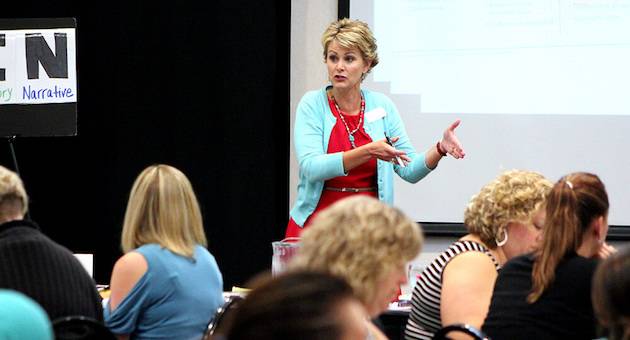
CUSTOMIZED CONSULTING

BOOKS & RESOURCES


